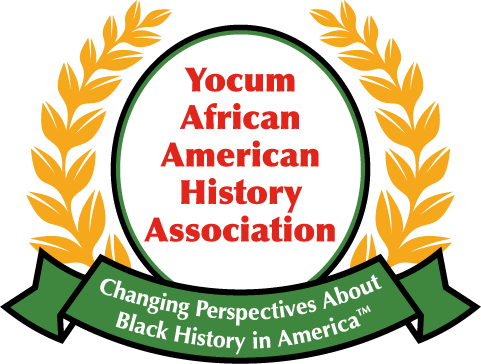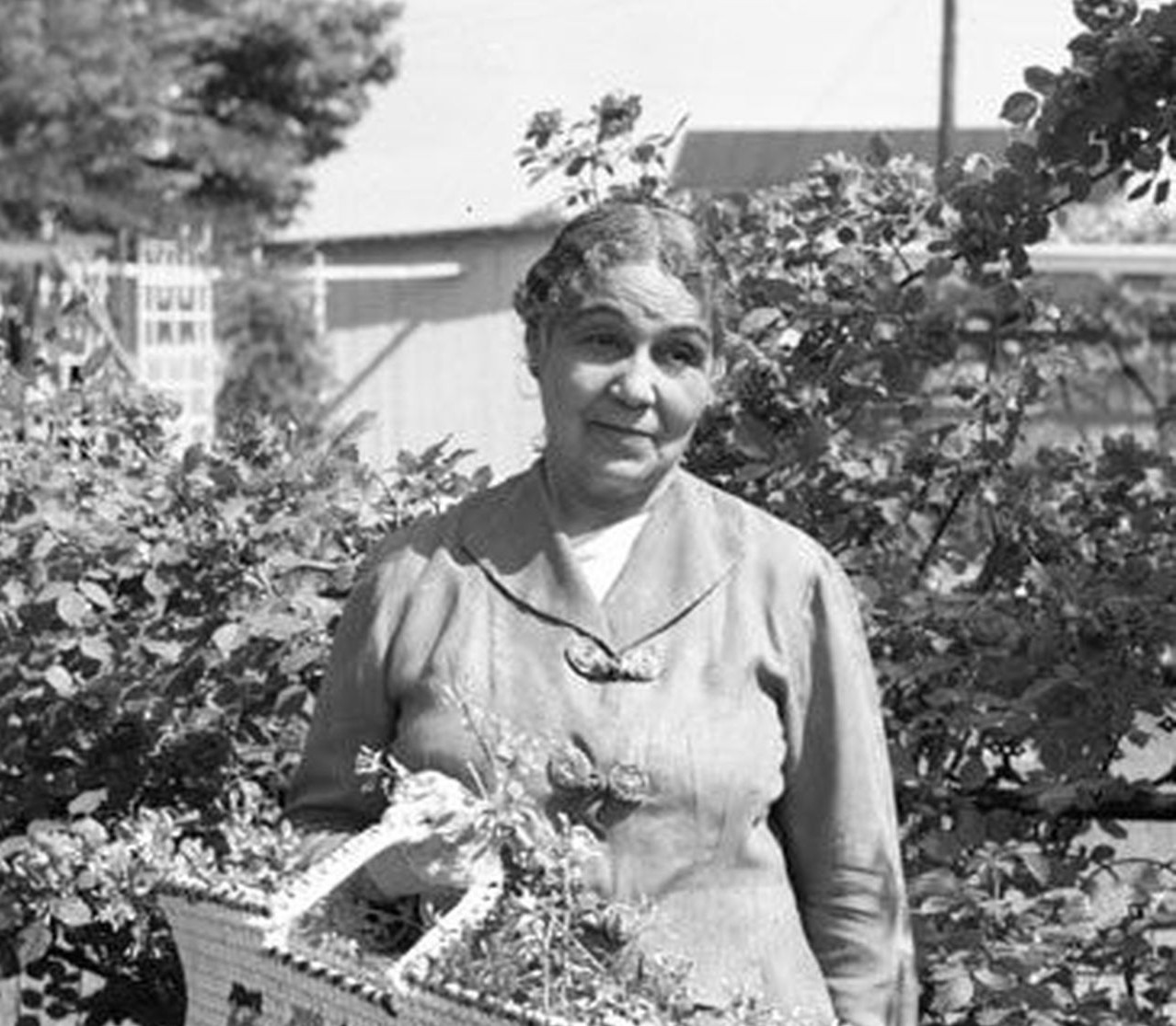Annie Bethel Bannister was the only child of Sarah Louise Scales and Joel Cephus Bannister who were freed slaves. Born in 1882, and at the age of eleven, Annie was enrolled at the Virginia Seminary in Lynchburg, Virginia where she distinguished herself as a student of literature and languages. Annie graduated as the valedictorian in 1899 and married fellow student Edward Spencer in 1901.
Edward built a home for them in Lynchburg, Virginia, in 1903, and they spent their entire life in that home on Pierce Street. Before Annie started her life as a writer, she worked as a librarian at the all-black local high school, Paul Laurence Dunbar. She was a civil rights leader, which inspired her poetry, and a proficient gardener and teacher.
W.E.D. Du Bois came to the Virginia Seminary to give a lecture in Virginia. He stayed with the Spencers because they had indoor plumbing and the Virginia Seminary did not. In 1919, James Weldon Johnson, the Field Secretary of the National Association for the Advancement of Colored People (NAACP), was also the Spencers’ guest. Johnson helped her found an NAACP chapter in Lynchburg. Johnson encouraged her writing. He suggested her pen name, Anne Spencer, and helped her publish her first poem.
Before the Feast of Shushan, her first poem, was published in the NAACP’s The Crisis under the editorship of W.E.B. DuBois in February 1910. More than thirty of her poems were published in her lifetime and appeared in the most important collections in the 1920s with subject matters of beauty, freedom, themes of relationships between people, and women’s rights. She was an important figure in the black literary-cultural movement and only the second African American poet included in the Norton Anthology of Modern Poetry (1973).
Spencer and her husband hosted other celebrities like Langston Hughes, Paul Robeson, and Thurgood Marshall who were traveling from the South to the North. Blacks were barred from staying at public hotels due to Jim Crow segregation, so their home became a haven for prominent Harlem Renaissance travelers. As a result, the Harlem Renaissance came to Anne and Edward in Lynchburg, Virginia.
Anne would continue to write throughout her life and sought refuge in her garden and writing cottage, Edankraal, that her husband built for her behind their house. Edankraal combines Edward and Anne and kraal, which is an African word for enclosure or corral. Many peaceful, creative hours were spent at Edankraal.
https://scalar.lehigh.edu/harlemwomen/before-the-feast-at-shushan-poem-by-anne-spencer
https://tclf.org/sites/default/files/microsites/landslide2020/anne-spencer-house-museum.html

